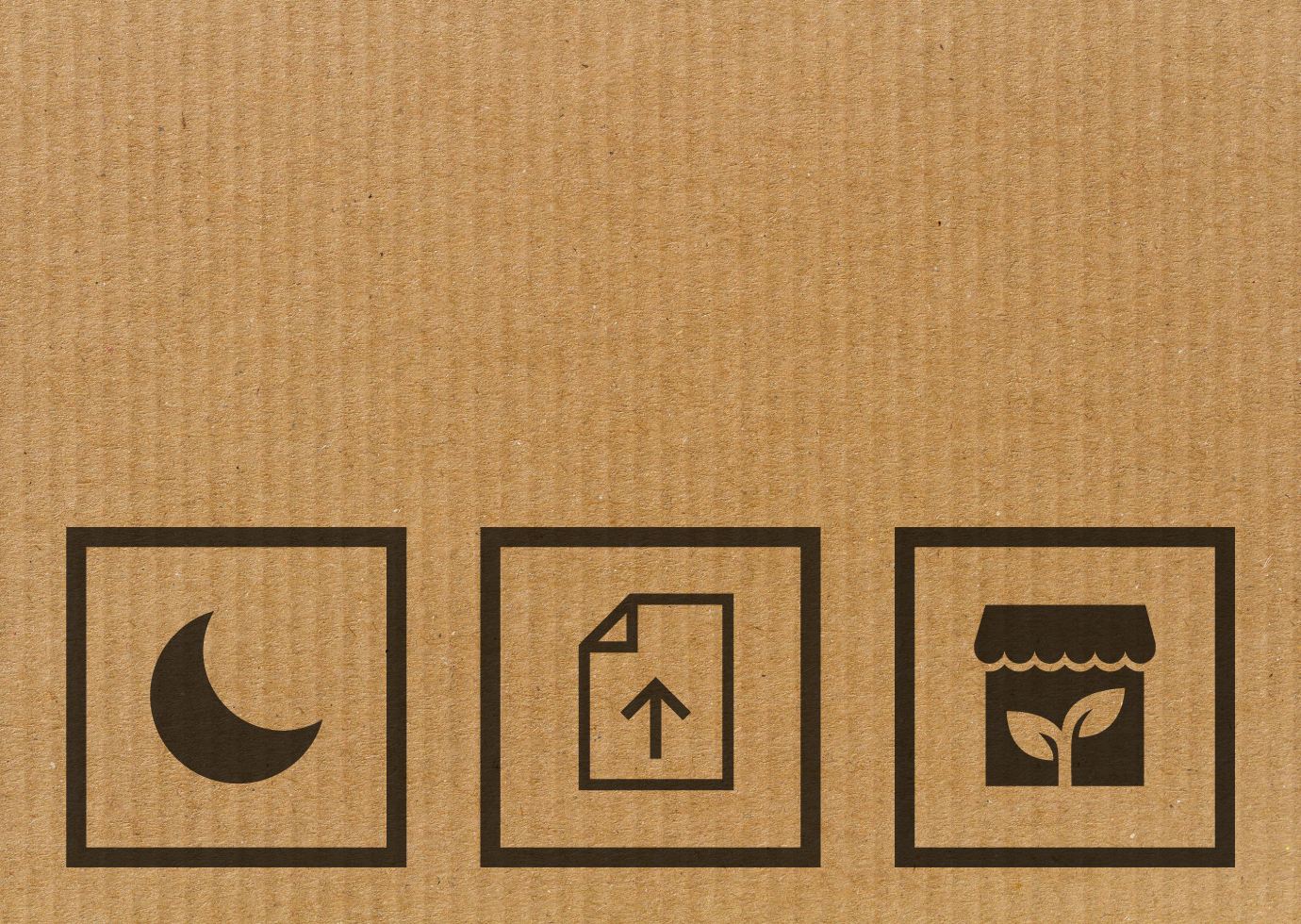How designers can fight climate change

Even though U.S. greenhouse-gas pollution fell 10.3% in 2020 — the largest year-over-year drop since World War II — the threats of climate change continued to amplify over the past year. At the same time, the fight against climate change galvanized new movements and creative, conscious approaches to raising awareness. In March 2020, two designers formed Climate Designers, a collective network for designers to focus their talents on issues related to the climate crisis.
Creative teams and designers have a stake in this fight and can significantly reduce their contributions to climate change in equally creative ways, from the tools and skills they employ to the relationships they form. Here are five actions your in-house marketing department or external agency can take starting today.
1. Use darker color palettes on the web when possible. The dark mode setting on mobile devices, laptops, and tablets has already proved to help save energy used by these devices as screen types change. In one 2019 smartphone test, dark mode helped extend iPhone battery life by 30%. When designing for this dark, digital mode first, color choices can then be extrapolated to applying darker palettes to brands on the web in general — ultimately reducing the amount of power needed to display color.
2. Design long-form print materials in digital formats. Reducing the amount of paper we use is something we can all be more mindful of in general. But creative agencies can also play a role in proposing digital-first formats for materials that are traditionally printed. This can go beyond creating PDFs, too. Consider making a set of animated tutorial videos for brand guidelines, or creating a microsite for an annual report.
3. Opt for reusable or plantable packaging. There may be cost and energy savings to be had by giving packaging — something that often ends up in a landfill — a second life. A popular example is opting for reusable bags. But also consider making insert cards, tags, and envelopes out of plantable seed paper.
4. Vet certified environmental vendors. Whenever possible, look to partner with local vendors first to reduce your impact from shipping materials. If you need help deciding between vendors, ask the following questions: How do they source their materials? Do they have any specific initiatives/methods to reduce their carbon footprint/emissions? How do they manage waste?
5. Grow your client base with small, eco-conscious businesses. When considering expanding your client base, take on small businesses or startups with small budgets who have a particularly environmentally friendly business model. Typically, these types of organizations (like our client Singing Pastures) directly address fighting climate change, sustainability, or other green initiatives as a part of their mission in their materials. As their creative partner, your contributions will only amplify the good work they do.
While these five points are a great, significant start in the fight against climate change, the possibilities for creative teams to minimize their impact don’t stop here. You can take further action by implementing one or more of these sustainable design practices as well.